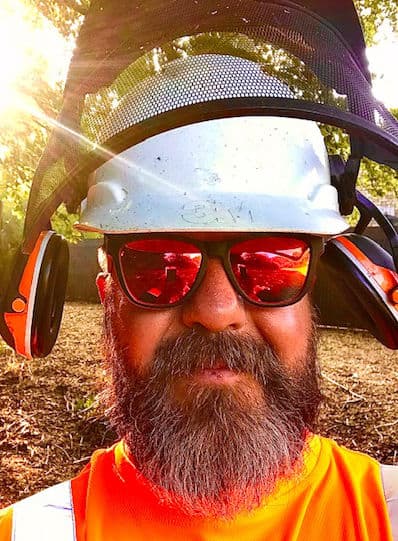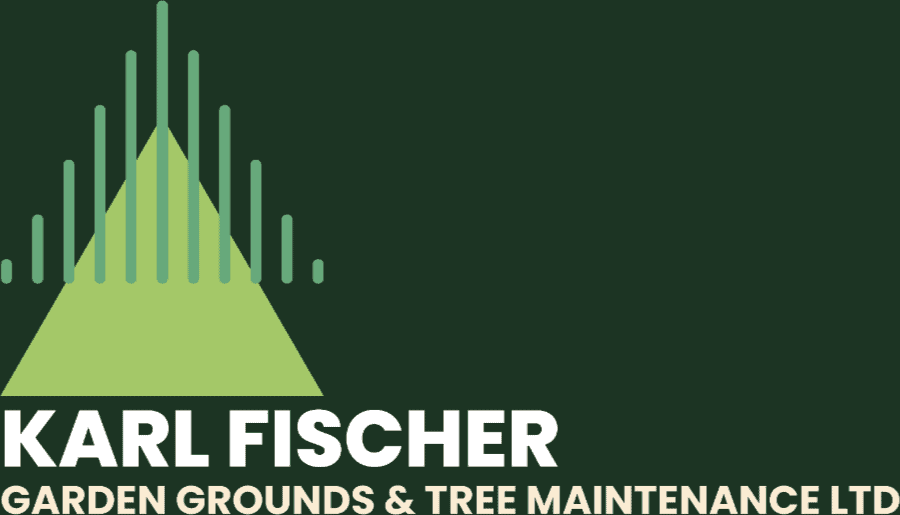- info@karlfischer.co.uk
- 0151 727 5630
- 07711 890 490

All types of Ivy & plant growth removed
Some types of ivy stick to the walls and when removed the brickwork is left with with a spiders like web of hard to remove root matter. Ivy growing on the walls of your house can sometimes look nice but the truth is it does quite a lot of damage to the brickwork. Mortar joints can erode as the ivy roots dig into it. Moisture collects against the walls much easier and it stays there much longer. Sticky ivy also attracts insects who feed off the sap. Rats and mice have been know to climb up wall ivy to enter open property windows.
Uncontrolled Ivy damage to property and trees
can become a pest, especially around door and window openings. If your brickwork is in condition, ivy should not cause any significant damage. However, ivy will exploit any structural faults, leading in deterioration of mortar and brickwork, and possibly causing small fractures to widen into major structural faults. Guttering is also prone to ivy damage.
Ivy does not usually damage trees, but a tree or it’s branches, weakened from fungus or insect infection, may be a risk of falling due to the extra weight of the ivy. On rare occasions ivy can cause tree death by choking.
If you have a problem with ivy and would like it removed, contact Karl today. We’ve cleared hundreds of yards, buildings, walls, trees and gardens throughout Liverpool with overgrown ivy or ivy problems, so you’re in safe hands.
WhatsApp Karl Fischer today to arrange a free, no-obligation quote.

Bamboo is an evergreen perennial grass with long, hollow stems and smooth, large leaves that come to a point. Bamboo is difficult to remove. There are more than 1,500 species of bamboo, which fall under two classifications: runners and clumpers. Running bamboo is more challenging to remove than clumping bamboo because the rhizomes grow outward, allowing additional shoots to sprout and grow. (A rhizome is a type of plant stem that grows horizontally underground or across the soil surface.)
This is fast becoming a major problem for British homeowners who may not realise that most species of Bamboo are invasive, running varieties of bamboo can grow horizontally by 30ft beneath the ground causing damage to gardens and property.
Clumping bamboo grows in clumps which means its growth is easier to predict, growing slowly in dense clusters.
Running bamboo varieties run horizontally.
These types of bamboo plants can quickly invade neighbouring land and properties.
Unlike Japanese knotweed bamboo is not officially classed as an invasive species.
Bamboo can quickly take over large areas, outcompete native vegetation, and cause damage to land, property foundations, pathways, patios, conservatories and driveways. That’s why it is important to address any Bamboo issue as soon as possible before it becomes a major issue and gets out of hand.
The key to killing bamboo is consistency; regardless of the removal method you choose, you need to routinely treat your bamboo for full eradication.
Here are some bamboo removal methods:
Pesticides: Bamboo is a hardy and durable plant, so using herbicides doesn’t fully kill regrowth but it can prevent new growth. Grass herbicides, also known as glyphosate herbicides, are the most effective pesticides for killing bamboo. When applying herbicides to your bamboo shoots, spray new shoots as early as possible. The earlier you apply the herbicide, the more effective it will be.
Manual removal: The first step in manual removal is to remove all above-ground bamboo growth. Cut the bamboo as close to the ground as possible. Once you have cut the bamboo, dig out the rhizomes, working your way from the outer portion of the root system to the inner section. The outer areas of the roots are less intertwined and strong, making removal easier. If you are having trouble removing the roots then loosen the soil with a spade or garden fork. Bamboo rhizomes mainly grow horizontally, the root system can grow as deep as three feet!
Mowing: Regularly mowing new bamboo growth hinders unwanted bamboo and can eventually eliminate the plant over time. This mowing method only works for shorter, younger bamboo shoots, as you cannot use a lawnmower to mow down fully grown, tall shoots. For tall shoots, you should cut them as low to the ground with a garden lopper or chainsaw before mowing them. Repeatedly mow any new shoots and continue to pull up the bamboo roots with a shovel. As new leaves grow, apply a herbicide to the area to stop further sprouting.
Contact Karl today to arrange a site visit and discuss your options. Don’t let invasive bamboo take over your garden or land!


Buddleia (Buddlejadavidii) also known as the “Butterfly bush” or “the bomb site plant”.
The butterfly bush was introduced into the United Kingdom from China in the 1890s, and though it has become widely naturalised on waste ground, along railway lines, canal sides and towns, it is often found growing in gardens. The familiar, purple flowers of Buddleia bloom from June to October, and attract all kinds of butterflies and moths. Its winged seeds are spread by the wind, making it very easy for the bush to colonise. Buddleia “Butterfly Bush” is a very familiar plant that has large, drooping, soft spikes of purple or white flowers. It has long, narrow leaves, and the flowers have a honey-like fragrance. Buddleia is a plant that can easily be removed. It is an invasive type of plant if left unchecked. Buddleja occurs in open and disturbed sites like railways, building sites, walls, wastelands and ruins. It produces many small seeds that are easily distributed. The seeds fall within a few metres of the parent plant and can be transported by:
Karl Fischer Garden Grounds & Tree Maintenance are experts at Professional Butterfly Bush Removal. Contact us today and get this invasive plant removed from your property.

Contact Karl today to discuss your Garden Grounds & Tree Maintenance requirements and arrange a free, no-obligation quote.
“To continue the traditions founded by Karl, by providing a high quality and affordable service expected by our clients; backed up by highly experienced crews, effective management and a genuine commitment to deliver customer care.”
“I believe that gardening can bring about positive changes in people’s lives, communities, and the environment.“
Karl Fischer



We provide a specialist Garden Grounds & Tree Maintenance service throughout Liverpool.